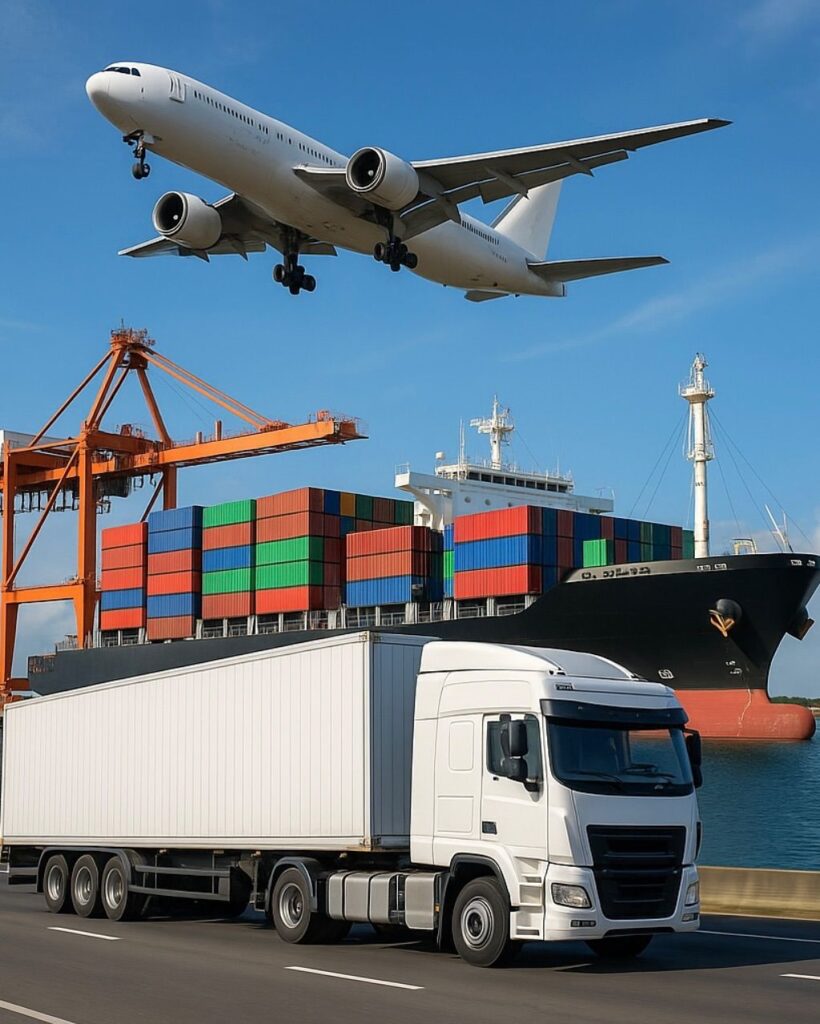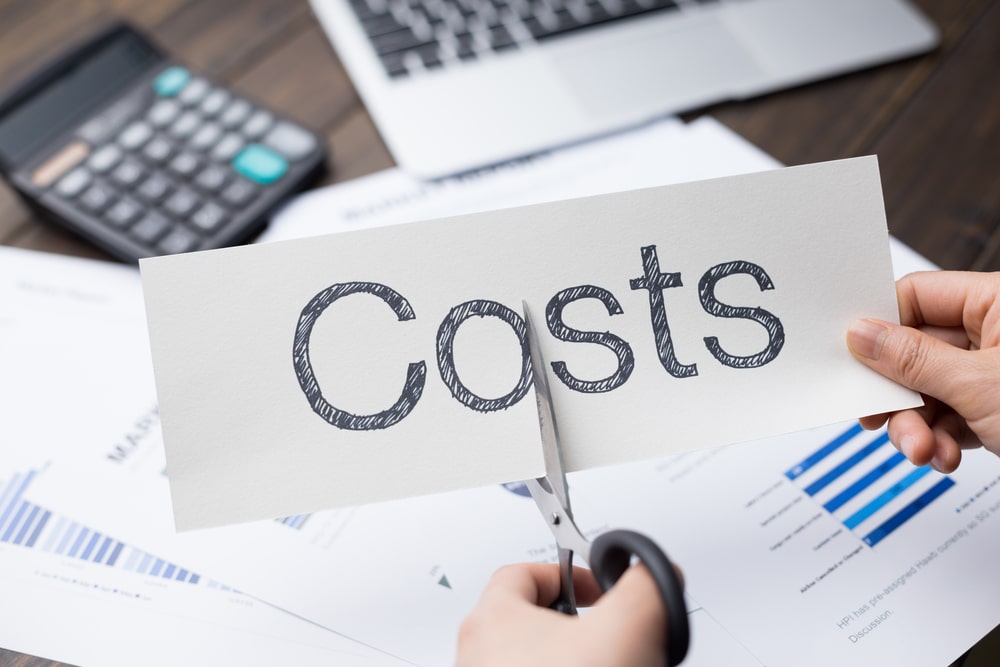- By TOP CHINA FREIGHT
- September 8, 2025
- Shipping
Table of Contents
Understanding the preço container China Brasil is crucial to maintain budget control, avoid delays, and optimize the supply chain. Shipping costs fluctuate due to container type, route, fuel surcharges, and seasonal demand. This guide explores shipping methods, cost breakdowns, transit times, customs requirements, and practical strategies to ensure smooth imports.

Why sea freight is preferred for China-Brazil shipments
Sea freight dominates international trade between China and Brazil, especially for bulk and heavy goods. Compared to air freight, it offers significant savings per unit. Moreover, container options such as 20ft and 40ft provide flexibility for various cargo sizes.
Additionally, optimized shipping routes between major Chinese ports—like Shanghai, Ningbo, and Shenzhen—and Brazilian ports such as Santos, Rio de Janeiro, and Paranaguá offer predictable schedules. Although sea transit is slower than air, businesses that plan shipments in advance benefit from cost stability, reliable supply chains, and reduced per-unit transport expenses.
What are the main shipping methods from China to Brazil?

Several methods cater to different business needs:
| Shipping Mode | Typical Cost | Transit Time | Best Use Case | Advantages | Limitations |
|---|---|---|---|---|---|
| Sea Freight | Low | 25–40 days | Bulk & heavy cargo | Most economical, large capacity | Slower delivery |
| Air Freight | High | 3–7 days | Urgent, high-value | Fastest, reliable | Expensive, limited volume |
| Courier | Medium-High | 2–6 days | Small parcels | Door-to-door, easy customs | Not cost-effective for bulk |
Sea freight remains the most practical choice for companies importing containers regularly. Air freight is reserved for urgent or fragile cargo, while courier services suit small e-commerce shipments.
How much does a container from China to Brazil cost?
Typical transit times for China-Brazil shipments
Transit depends on ports, shipping route, and service type.
| Route / Service | Sea Freight | Air Freight | Notes |
|---|---|---|---|
| Shanghai → Santos | 28–35 days | 3–5 days | Most frequent route |
| Shenzhen → Rio de Janeiro | 30–40 days | 4–6 days | Suitable for bulk imports |
| Ningbo → Paranaguá | 25–38 days | 3–5 days | Alternative Brazilian port |
Advance planning helps businesses align inventory with demand and avoid stockouts.
Factors influencing preço container China Brasil
Several elements can change shipping rates:
1.Fuel surcharges
Rising oil prices increase transport costs.
2.Seasonal demand
Peak seasons like Chinese New Year and pre-Christmas affect prices.
3.Container availability
Shortages lead to surcharges.
4.Port congestion
Delays at Santos or Rio can add storage fees.
5.Customs duties & taxes
Product-specific tariffs and VAT impact total cost.
Partnering with experienced forwarders can mitigate these cost fluctuations.
How to reduce container shipping costs

1.Book early
Lock in rates before peak periods.
2.Consolidate shipments
Combine LCL cargo to lower per-CBM costs.
3.Optimize packing
Maximize container volume and minimize wasted space.
4.Choose alternative ports
Smaller ports may offer cheaper handling.
5.Work with a forwarder
Professionals negotiate better rates and handle documentation.
Moreover, maintaining regular shipping volumes can result in loyalty discounts from carriers.
Key customs and documentation requirements

Proper paperwork ensures smooth clearance in Brazil.
| Document | Purpose |
|---|---|
| Bill of Lading | Shipment ownership proof |
| Commercial Invoice | Declares cargo value |
| Packing List | Details cargo contents |
| Certificate of Origin | Confirms manufacturing country |
| Import License (if needed) | Required for restricted goods |
Case Study: Cost Optimization for a Brazilian Retailer
A São Paulo retailer imported electronics using LCL shipments from Shenzhen. Initially, high per-CBM costs and delays reduced profit margins. By switching to FCL 40ft containers and consolidating multiple suppliers’ shipments, costs dropped by 30%, and delivery schedules stabilized. The forwarder managed customs clearance, port coordination, and inland transport, demonstrating the value of strategic sea freight planning.
How to select the best forwarder from China to Brazil
Look for specialists in China-Brazil trade
Ensure they handle FCL/LCL, customs, and inland delivery
Real-time updates improve logistics planning
Avoid hidden fees
Tips for SMEs shipping containers
Environmental and technological trends in sea freight
Sustainability:
Sea freight has lower carbon emissions per ton than air transport. Some forwarders offer eco-friendly options like slow-steaming vessels.
Digital tracking:
Cloud platforms enable monitoring, document management, and alerts, improving transparency and reducing errors.
Adopting technology and sustainable practices can enhance logistics efficiency and corporate responsibility.
Conclusion
Understanding preço container China Brasil is vital for cost control and supply chain efficiency. Businesses that optimize container selection, transit planning, customs compliance, and forwarder partnerships achieve predictable shipping costs and timely deliveries. Sea freight remains the most economical option for bulk shipments, while LCL and air freight serve SMEs and urgent goods.
Need a Shipping Quote?
If you want expert guidance and peace of mind, our team is ready to assist.
TJ China Freight offers tailored solutions to help businesses of all sizes ship more reliably from China.

FAQs
Q1:Are LCL shipments cost-effective for small businesses?
Yes, LCL allows small-volume imports without paying for a full container. Forwarders consolidate cargo, reduce per-CBM costs, and handle customs clearance for convenience
Q2:How can I track my container shipment from China?
Most forwarders provide digital tracking platforms, showing vessel location, ETA, and customs status. Real-time tracking helps plan inventory and delivery schedules efficiently.
Q3:How long does sea freight from China to Brazil take?
Transit typically ranges from 25–40 days depending on port, shipping line, and container type. Planning ahead aligns inventory with demand cycles.
Q4:Can forwarders help reduce hidden fees?
Yes, experienced forwarders provide transparent quotations, including customs, port handling, and inland transport, avoiding unexpected charges
Q5:What factors most influence container shipping costs?
Costs are affected by fuel surcharges, seasonal demand, container availability, port congestion, and product-specific customs duties.
